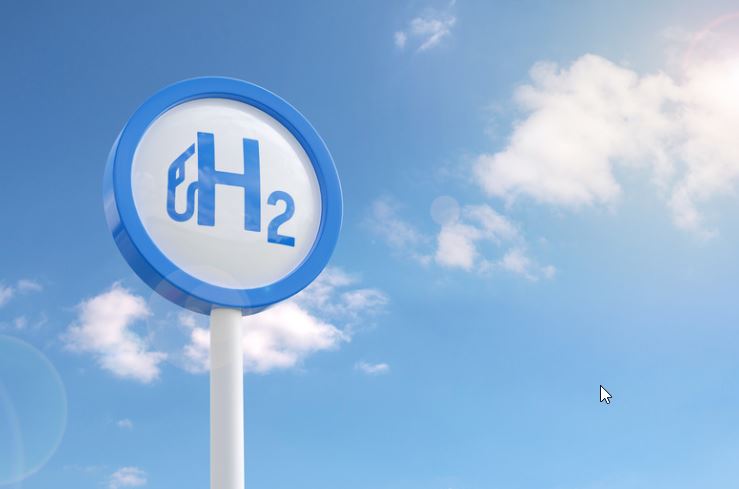California has been making substantial investments – over $250 million – into creating a network of hydrogen fueling stations.
Former state climate regulator, Mary Nichols, once a proponent of hydrogen fuel cell cars, now drives a battery-electric Ford Mustang Mach-E with a range of 300 miles. Reflecting on her experiences, Nichols indicated that while she would have no issue with driving a hydrogen car again, she doesn’t feel an obligation to. She also expressed doubts that there would be a major transition to hydrogen vehicles in the near future.
Investments totaling billions of dollars have not saved fuel cell cars from being overshadowed by battery-electric models. Issues such as hydrogen shortages and escalating fuel prices have also hindered their progress. In 2021, California sold only 3,143 hydrogen cars in comparison to 380,000 battery-electric vehicles.
Hydrogen backers are not yet ready to accept defeat. Toyota and Hyundai continue to market fuel cell models with heavy discounts, and Honda has just revealed a hydrogen hybrid version of its best-selling CR-V. California continues to develop new infrastructure for such vehicles.
According to David Reichmuth, a senior engineer with the Union of Concerned Scientists’ clean transportation program, it’s clear which technology has claimed victory in the marketplace. He pointed out that if the objective is rapid decarbonization, plug-in electric vehicles, with their readily available infrastructure, are the obvious choice.
Fuel cells operate by converting compressed hydrogen gas in an on-board tank into electricity which then powers the vehicle’s motor. Auto manufacturers began developing them in the 1990s following California’s implementation of a zero-emissions vehicle mandate to tackle smog.
However, the reality of hydrogen fueling station performance contrasts sharply with their theoretical promise. Notably prone to downtime, these stations are often offline due to shortages or equipment issues. In April 2, 16 of the state’s 54 operational stations were closed. In comparison, there are over 105,000 charging stations for plug-in vehicles in California.
Moreover, for functioning hydrogen fuel stations, prices can be steep, pushing potential buyers into reconsidering their vehicle choices. Filling up a hydrogen vehicle now costs Californian drivers approximately $200.
However, there are those who retain an optimistic view of hydrogen’s future. Hydrogen enthusiasts like Tina Imahara are simply awaiting a drop in fuel prices to return to using hydrogen vehicles. Additionally, Tim Bliss, general manager of Toyota vehicle marketing in North America, and Jay Joseph, vice president for sustainability and business development at American Honda Motor Co., acknowledge the potential for fuel cells in the realm of electrical generation and heavy-duty vehicles.
Notwithstanding these views, hydrogen vehicles are presently heavily discounted, suggesting a different picture of demand. In March, Toyota was offering as much as $40,000 cash back on a new 2023 Mirai Limited, along with 0% financing. Hyundai was similarly offering a new $63,585 Nexo SUV for $28,585 with no interest.
